Where to Get Lye for Soap Making
Where to Get Lye for Soap Making
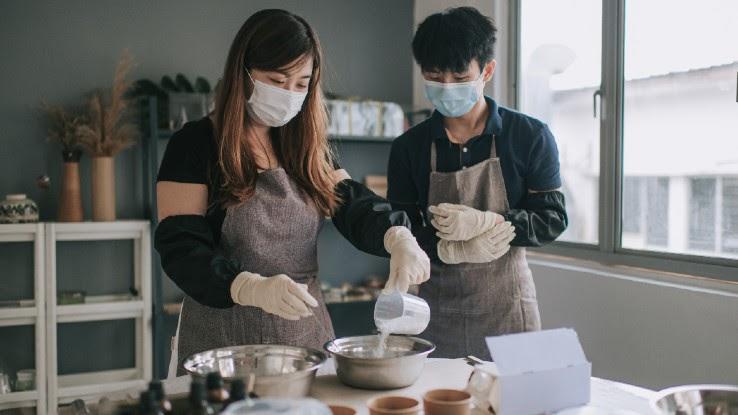
Whether you're looking to upgrade your store-bought products, observe a new hobby, or remedy skin allergies, creating bootleg soap is a great venture — fifty-fifty for beginners. DIY soap tin be neutral or fragrant. You can integrate essential oils or lye — or skip both of those add-ins altogether. Whichever homemade soap recipe you choose, you lot'll be doing both your skin and the planet a huge favor by switching to natural ingredients.
Different Soapmaking Methods
As you embark on this fun, at-home soapmaking adventure, there are a few things you should keep in listen. Showtime off, there are four mutual methods for making lather — and some are easier (or safer) than others.
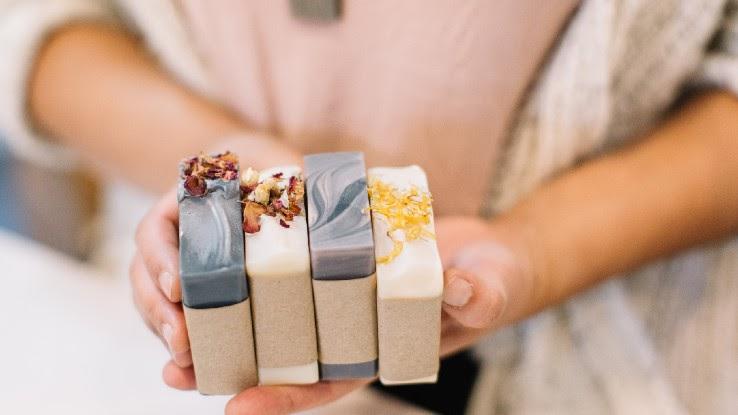
The Melt and Pour Method:
Melt and cascade is probably the easiest method for making soap at home. Information technology's not a full-on "made from scratch" method, however. Instead, it uses pre-fabricated soap bases so you don't have to work with lye directly. This route still lets you cull scents and other add together-ins though, which means you can safely avoid any allergens. With this method, you'll cook the pre-made base and cascade your soap into a mold. So, you simply let it cool — and voila!
Common cold and Hot Process Methods:
Both of these processes are methods for making your soaps from scratch. The cold procedure takes longer than the hot procedure and produces a smoother, more than "professional" looking soap. The hot process creates a more "rustic-looking" lather. With both methods, you'll need to work with lye. (More on that later on!)
Rebatching:
Rebatching is basically refashioning "bad" lather into something usable. Information technology'southward labor-intensive and time-sensitive, making it the most difficult method of the four. Even so, it tin assist you relieve both money and ingredients.
Supplies, Tools and Data About Lye
While individual soapmaking recipes might call for some specifics, most overlap when it comes to what tools and supplies you'll need in your armory.
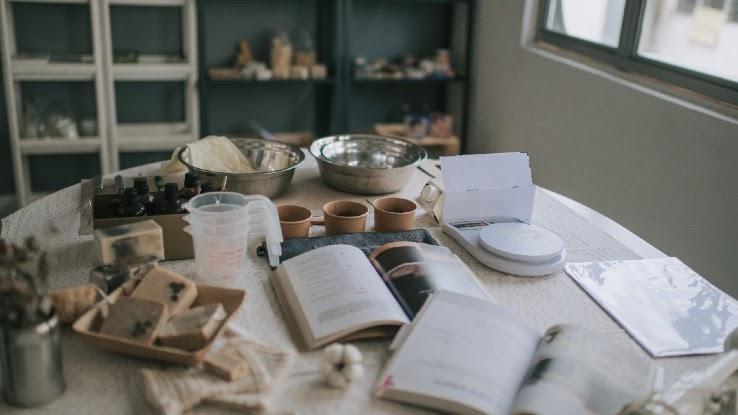
- Scale, since ingredients are weighed rather than measured past volume
- Thermometer
- Immersion blender (Note: Only for some methods.)
- Heavy-duty silicone spoons and spatulas (Note: Don't employ your go-to cooking utensils.)
- Containers for mixing lye
- Safety gear, like goggles and gloves
- Dissever containers for mixing soap batters
- Lather molds
- Soap cutter (Annotation: Optional, yet helpful.)
- Coffee grinder for grinding herbal and natural ingredients, similar lavender and oats
Be Cautious When Working With Lye:
Besides known as sodium hydroxide, lye is a potent, caustic salt that should be used with caution. If you're making lather from scratch with lye, you should always wear protective gear, including middle goggles, gloves, long sleeves, and full-length pants.
Simple Castile Common cold Compress Lather
Need an piece of cake bootleg lather recipe to start with? Try this cold shrink soap from Soap Queen, which uses castile soap. To arrive, you'll need pure olive oil, lye, distilled water, tomato leaf fragrance, castile soap, and sodium lactate, if you want to enhance the soap's longevity. This beginner-level DIY also teaches you how to use soap stamps, which can add together a more personal touch to whatsoever homemade bar.
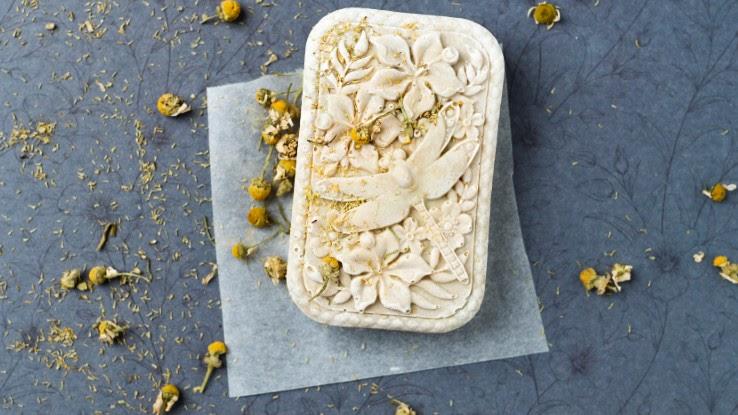
Lavander Dream Soap
Need the perfect wind downward after a long, exhausting day? The Lavender Dream Soap from Spruce Crafts makes the perfect companion to any relaxing bath. Lavender naturally helps our minds and bodies relax — and, when combined with other soothing essential oils, it makes for unparalleled quiet. For this three-pound cold-process recipe, you'll demand palm, coconut, castor, olive, and sunflower oil, as well as some cocoa butter, lye, water, and lightly footing lavender buds. In terms of essential oils, the recipe recommends blending in scents like orange and patchouli.
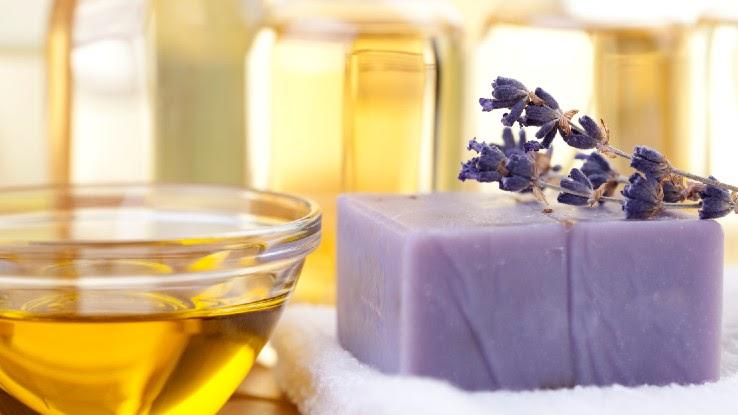
Guardhouse Love Soap
A great soap for babies and young children, Bastille honey lather, like this recipe from Healing Harvest Homestead, is known for being gentle, all while providing a really great lather. Best of all, this hot-procedure soap will soothe dry, sore and irritated skin. This DIY lather also has a shorter curing time than bootleg Castile soap products, and then, if patience isn't your virtue, you may want to check this recipe out. To make this soap, you'll need distilled water, lye, olive and castor oil, shea butter, honey, pure vanilla extract, and lavender essential oil.
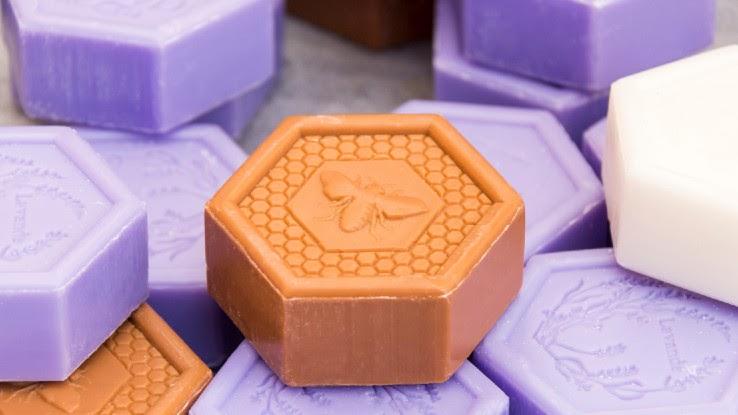
Refreshing Aloe Vera Soap
Some other bang-up soap for folks with sensitive or super dry out peel is aloe vera soap, like in this ane from The Nerdy Farm Married woman. It's also a bang-up summertime option since the aloe vera is perfect for soothing sunburnt pare. Of class, that's not aloe vera's simply benefit. This wonderful ingredient moisturizes; aids the wound healing procedure; fights skin aging; reduces infections and acne; and even lightens facial blemishes.
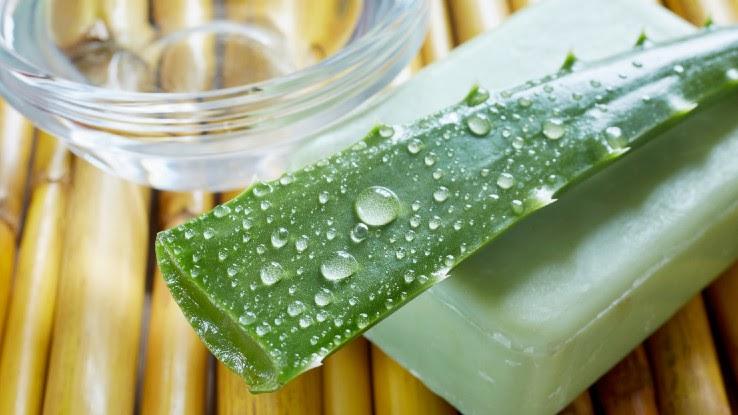
To make this gentle, common cold-press soap, you'll demand distilled water; lye; fresh aloe; olive, coconut, castor, and sunflower oil; tallow or shea butter; chlorella powder and fresh green clay, both for coloration; rosemary antioxidants; and sodium lactate (optional). If you're allergic to coconut oil, try babassu oil instead.
Like shooting fish in a barrel Handmade Goat'due south Milk Citrus Soap
One of the easiest and all-time smelling soaps is this cook-and-pour goat's milk citrus lather from hullo, Wonderful. All you'll need is some caprine animal's milk for the base, citrus-scented essential oils and some dried citrus fruit slices. While information technology may sound surprising at showtime, caprine animal'south milk also offers some slap-up benefits: It'due south a groovy cleanser for sensitive skin; it'due south rich in healing, nurturing nutrients; it supports a good for you skin microbiome; and it helps to exfoliate skin.
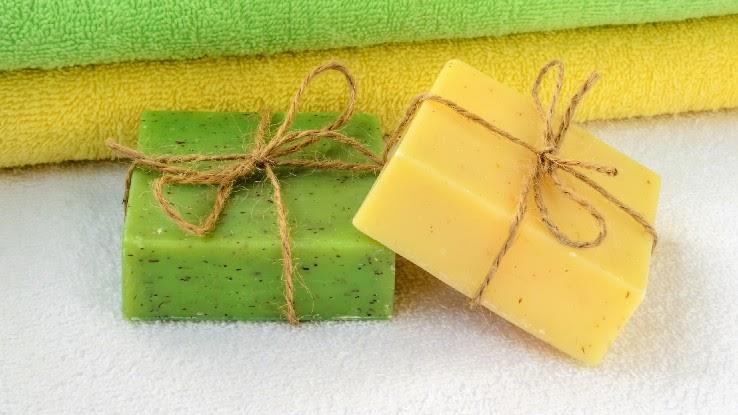
Needless to say, soapmaking is a lot of fun — and it leaves a lot of room for creativity!
Where to Get Lye for Soap Making
Posted by: hulsefaceing.blogspot.com